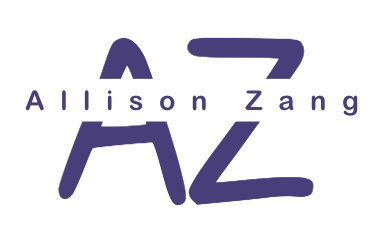When Was the Last Time You Evaluated Your Prices?
Do you feel confident that you’re charging the right amount for your classes or services? If the answer is no (or you’re not sure), don’t worry—you’re not alone. Pricing is one of the most challenging aspects of running a boutique fitness studio, and many studio owners struggle with it.
I’ve been there, too. I know how it feels to realize you’re undercharging, to worry you’re asking for too much, or to feel scared that clients will leave if you raise your prices. But here’s the truth: getting your pricing right isn’t just about numbers; it’s about understanding human behavior, trends, and the perceived value of your offerings. Let’s dive into how behavioral economics and market trends can help you find the sweet spot for pricing.
The Behavioral Science Behind Pricing
Pricing taps into psychology as much as it does into economics. How people perceive value, make decisions, and commit to spending is influenced by subtle cues. Here are a few behavioral economics principles that can inform your pricing strategy:
Anchoring Effect: When clients see a high initial price (even if it’s not your main offer), they’re more likely to view your actual prices as reasonable. For example, showcasing a premium package alongside your standard offerings makes the latter seem like a great deal.
Loss Aversion: Clients are more motivated to avoid a loss than to achieve a gain. Highlighting what they’d lose by not joining (like missing out on exclusive benefits or limited-time rates) can encourage them to commit.
Price-Value Perception: People equate higher prices with higher quality. If your pricing feels too low, potential clients may question the value or quality of your services. Conversely, raising your prices while emphasizing the premium experience can elevate your brand perception.
Decoy Pricing: Offering three pricing tiers—a low-cost option, a premium one, and a “just right” middle-tier—nudges most clients toward the middle choice. This is known as the "Goldilocks effect."
Trends in Boutique Fitness Pricing
Beyond psychology, keeping an eye on industry trends is crucial. The boutique fitness world is evolving rapidly, and your pricing strategy should reflect both market dynamics and client expectations.
Rise of Hybrid Models: Many studios now offer a mix of in-person and virtual options. Clients value flexibility, and hybrid memberships allow you to justify higher pricing tiers.
Focus on Personalization: Small-group classes, 1:1 coaching, or tailored programs command premium pricing because they cater to specific needs.
Wellness as a Luxury: Fitness is no longer just about exercise—it’s about holistic well-being. Positioning your studio as a wellness destination can support higher prices.
Membership Value Additions: Think beyond classes. Offering perks like exclusive workshops, nutritional guidance, or branded merchandise can create perceived value and justify premium rates.
How to Evaluate and Adjust Your Prices
Start with Costs: Ensure your pricing covers all costs, including rent, instructor wages, equipment, and marketing. Aim for profitability—not just breaking even.
Analyze Competitors: Research what similar studios in your area charge. Your goal isn’t to undercut but to understand where you stand in the market.
Gauge Client Perception: Use surveys or casual conversations to gather feedback on pricing and perceived value. Clients often appreciate transparency and involvement in decisions.
Test and Monitor: Small price increases, implemented strategically, often go unnoticed but can significantly impact your bottom line. Monitor retention and acquisition rates to gauge the effect of changes.
Overcoming the Fear of Raising Prices
The fear of losing clients often holds studio owners back from charging what they’re worth. But here’s the reality: clients who value your services and the results they achieve will understand. Communicate clearly, emphasize the value you’re providing, and remain confident in your worth.
Remember, pricing isn’t just about making ends meet—it’s about positioning your business for long-term success and growth. When you charge what your services are worth, you not only honor your expertise but also attract clients who are committed and ready to invest in themselves.
So, when was the last time you evaluated your prices? If it’s been a while, now is the perfect time to take a fresh look. You’ve got the tools and insights—it’s time to charge what you’re worth and watch your business thrive.

